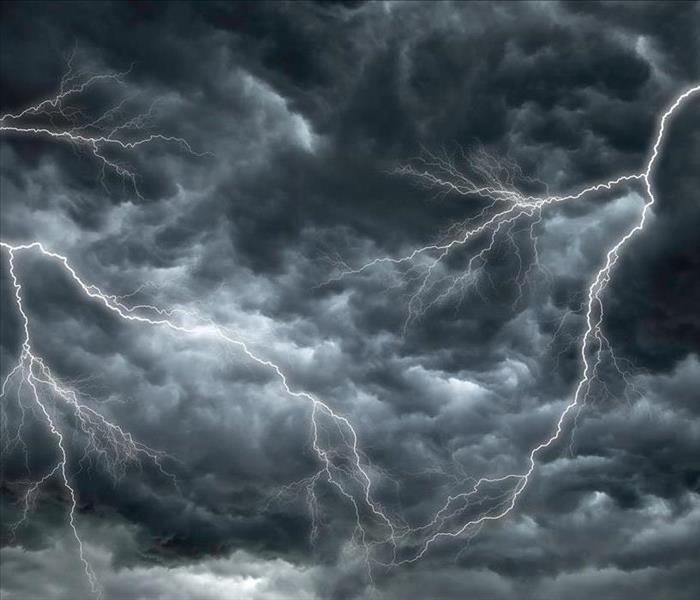Don't Wait for an Insurance Adjuster To Take Action After Storm Damage
8/24/2021 (Permalink)
 You can minimize the damage after a storm by taking simple steps to protect your insurance coverage.
You can minimize the damage after a storm by taking simple steps to protect your insurance coverage.
Storms can wreak havoc on residential properties; wind and flood damage can lead to significant primary and secondary damage. Even if you have flood insurance, it is crucial you do everything in your power to minimize damage and protect your claim, especially since insurance adjusters will likely be delayed following significant storm surges.
Water and storm mitigation experts in Clearfield, UT, recommend taking a pre-emptive approach to storm cleanup. Instead of waiting for an adjuster, reach out to a remediation specialist to start the restoration process, including:
- Mitigation
- Cleanup
- Restoration
Prevent Further Damage With Mitigation Protocols
If you want to protect your insurance coverage, you will need to take action after a storm. Most insurance companies require policyholders to mitigate further loss and damage in order to receive the total value of their coverage.
If you fail to clean up excess water or take action to minimize the risk of further damage, like mold damage, an adjuster can deny your claim altogether. Thankfully taking action does not have to be challenging. You can contact a mitigation company for assistance. The business will send out a team to assess the damage and take any necessary mitigation measures.
These services commonly work with insurance companies, so it is not unusual for them to understand what is needed to protect your policy and ensure you’re covered. You might want to contact your insurer to explain that you are calling a service, just in case there are any requirements in your policy you need to know about.
Mitigation Services Can Help With Cleanup While Keeping a Record of Loss
Most flood insurance companies will require a loss statement, including pictures and receipts of items damaged in the flooding. While homeowners can be hesitant to clean up after a disaster, worrying the cleanup will undermine the valuation, a mitigation and restoration service will document everything and help you establish a thorough report.
Restoration service will also create an itemized list of the services rendered or recommended, providing you with justification for any and all expenses. Ultimately, using a service helps ensure there is a record of every detail of a disaster for the adjuster when they arrive.
Rebuilding After Storm Damage
Once the adjuster has time to assess your property and claim, the restoration company should have a projection of the total cost of restoration. Your adjuster will be able to review all of the recommendations and determine whether the quote is fair and feasible.
The adjuster can then determine the amount you are covered for and provide approval for the continuation of work. Obviously, as the homeowner, you have a say in which company completes the restoration, but your insurer might have suggestions.
While flood insurance is helpful, especially after a storm surge, the homeowner needs to understand that response times after a flood can be slow. You do not have time to wait for an adjuster. You will need to take action to protect your policy and claim. After a flood or storm damage, make sure to take mitigative steps to protect against secondary damage.




 24/7 Emergency Service
24/7 Emergency Service